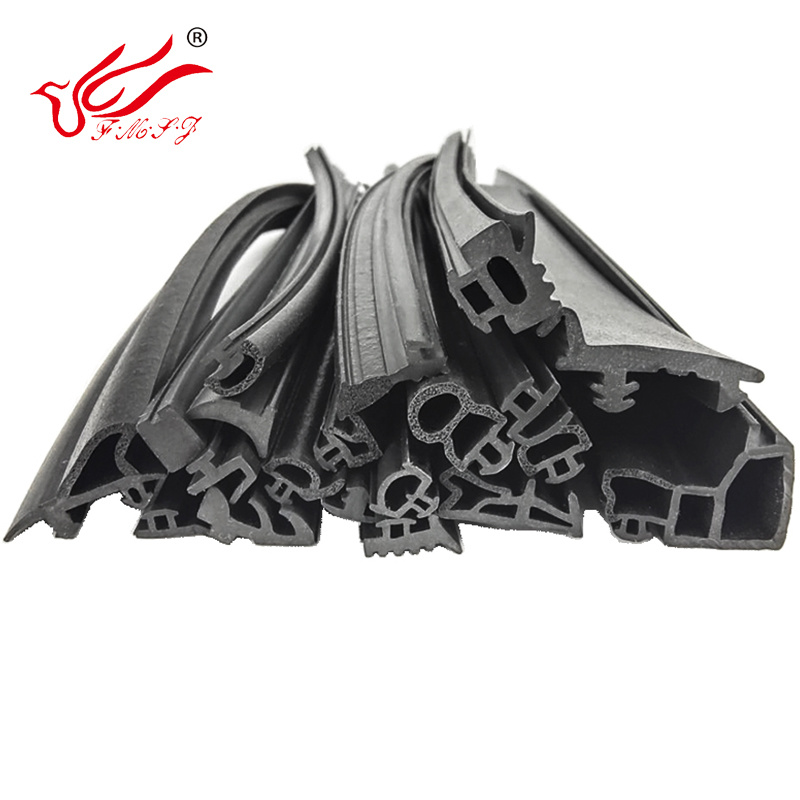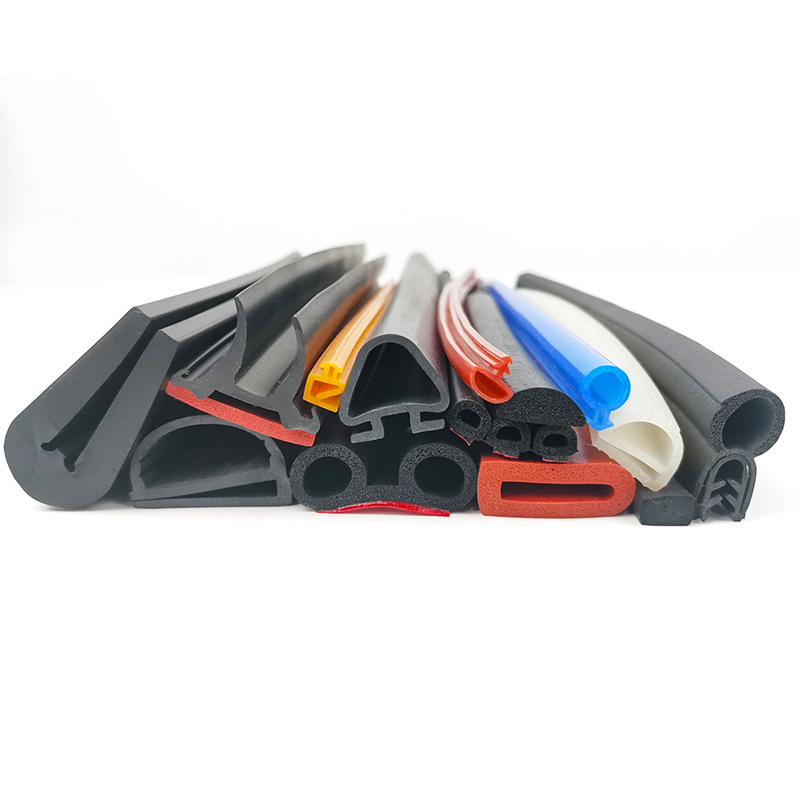TPE (Thermoplastic Elastomer) vs. TPV (Thermoplastic Vulcanizate) – Key Differences:
2025-08-11

**TPE (Thermoplastic Elastomer) vs. TPV (Thermoplastic Vulcanizate) – Key Differences:**
1. **Composition & Structure:**
- **TPE:** A blend of polymers (typically a soft elastomer + a hard thermoplastic) that exhibits rubber-like elasticity without chemical crosslinking.
- **TPV:** A subclass of TPE where the rubber phase is *dynamically vulcanized* (crosslinked during mixing), creating a dispersed phase of cured rubber in a thermoplastic matrix (e.g., EPDM + PP).
2. **Processing & Performance:**
- **TPE:** Easier to process (injection molding, extrusion), but may have lower heat/chemical resistance.
- **TPV:** Better heat resistance, oil/swelling resistance, and mechanical properties due to crosslinking, but slightly more complex processing.
3. **Applications:**
- **TPE:** Soft grips, seals, consumer goods (where flexibility and cost matter).
- **TPV:** Automotive (weather seals, under-hood parts), industrial hoses (where durability is critical).
**Summary:** TPV is a *crosslinked, higher-performance* type of TPE, balancing rubber elasticity with thermoplastic processability.
Would you like details on specific materials (e.g., SEBS-based TPE vs. EPDM/PP TPV)?
Previous:






